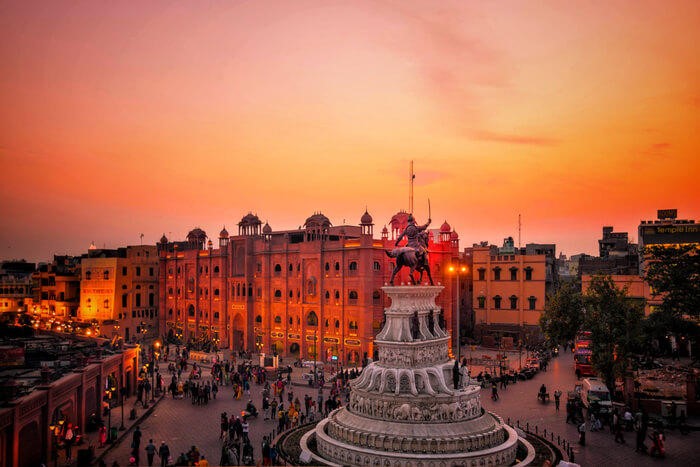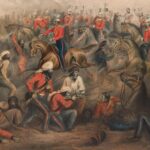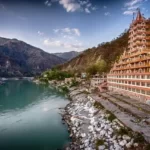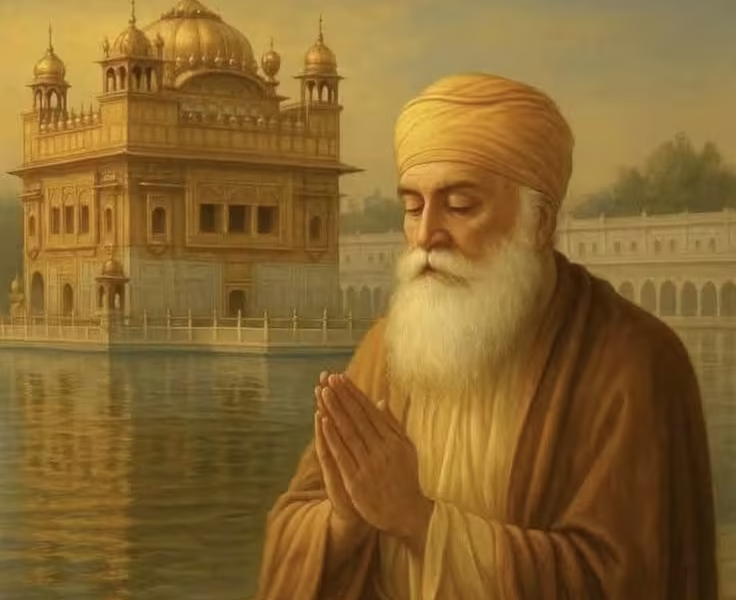Punjab is a dynamic state full of people who choose to spend their lives doing things that make them happy. Whether it’s the state’s legendary past or its vibrant festivals, they all contrive to provide travellers with a diversity of perspectives.
Summertime, rainy, and winters are the three main periods in Punjab, which is positioned in India’s tropical zone. While the summertime might be harsh, the monsoons provide welcome relief from the summer heat. Temperatures in the winter can drop to as low as 3 degrees Celsius. Explore Punjab during the wintertime if you would like to witness the greatest of Punjab and get the most out of your explorations and sightseeing.
Punjab’s summertime season begins in April and will last till June. The monsoon season begins in early July and lasts until late September. The winter season begins in November and lasts until February, making it the finest time to visit Punjab.
From October through March, the atmosphere in Punjab is often calm and pleasant. Throughout this season, you can take in the best of the area while staying warm. This is the ideal time to go on vacation because neither the oppressive heat nor the soaking rain is present. Furthermore, most of Punjab’s important holidays, such as Lohri, Holla Mohalla, Diwali, and Dussehra, take place during this time. If you schedule your vacation during the same time, you will be able to participate in local festivities.
Seasons of Punjab
Summer Season
Punjab’s summertime IS scorching hot, with temperatures reaching dangerously high levels. Summer begins in April and lasts until the end of June. As During of May and June, the highest temperatures are recorded. Around May and June, temperatures are between 40 and 45 degrees Celsius. Throughout this time, the state is blasted by hot summer breezes, which are known as Loo. Those visiting Punjab during the summertime are recommended to keep water at all times to prevent heat exhaustion.
Monsoons
Punjab receives a lot of rain because of its closeness to the mountains. In Punjab, the monsoon season lasts from early July until late September. Because of monsoon currents flowing from the Bay of Bengal, severe rainfall is seen in most regions of Punjab throughout this time. This is the perfect time for growers to irrigate their fields just after warm summers, and it’s not the greatest season for tourists to visit the city. This is owing to the atmosphere’s high humidity. Nonetheless, this season is an excellent time to visit Punjab for nature enthusiasts who can enjoy the lush foliage, which is enhanced by the continuous rains.
Winters
Winters are the greatest time to visit Punjab because of the relatively low temperature and cold evenings. Punjab’s winter season begins in November and lasts until February. The periods of December and January are the coolest of the year, with temperatures as low as 0 degrees Celsius. The weather in Punjab, as well as other parts of the state, is ideal for exploring the state’s highlights. Because the nights can be extremely chilly, travellers are supposed to bring woollen clothing with themselves.
Things to experience in Punjab
Golden Temple
The Golden Temple, also known as Harmandir Sahib, is the most visited tourist attraction, and visitors continue to flock to the site due to tots’ gorgeous gold-plated architecture. The pond, which is surrounded by white marble, is the temple’s major centrepiece. Residents in the neighbourhood consider that the water has therapeutic properties, and pilgrims from all over the country come to bathe in the hallowed water.
Garden of Silence
The Garden of Silence is a quiet spot where you may unwind after the tour’s noise and bustle. It features a sitting Buddha who represents silence and tranquilly. It is Punjab’s newest icon, and it is a fascinating one at that. In Punjab, there is a magnificent view.
Virasat – e – Khalsa
Moshe Safdie designed and built the Virasat-e-Khalsa, a Sikhism museum. The museum honours and honours Sikh history for 500 years and the founding of Khalsa for 300 years. The museum is divided into two sections, each connected by a commemorative bridge.
Jalianwala bagh
People are fully knowledgeable about the memorial, which is the most cataclysmic in Indian history, and it bears significant importance. It is also a well-known tourist destination in Punjab. With the assistance of the hosts, you may learn more about the massacre’s secret stories, get to find the location inside and out, and get a deeper look at its tragic history.








